



To elevate your cleaning equipment’s output, adjust the nozzle type first. Swapping to a narrower nozzle concentrates the water jet, significantly enhancing force and efficiency on stubborn grime. A 15-degree nozzle is an excellent option for more challenging surfaces, as it directs water more precisely.
Next, ensure the pump operates at its optimum level. Regular maintenance, including checking the intake filter and removing any clogs, plays a crucial role in consistent performance. Replace worn-out seals and o-rings to prevent leaks, which can hinder water flow and reduce overall efficacy.
Consider employing a surface cleaner attachment. These devices allow for broader coverage while maintaining higher pressure, making them perfect for driveways and patios. By converting powerful jets into a rotating mechanism, they distribute cleaning power evenly, speeding up the process without sacrificing results.
If you wish to enhance your cleaner’s output even further, check the water supply rate. Insufficient flow can lead to decreased performance. Connecting a hose directly to a water source with a higher capacity often resolves these issues, ensuring your equipment functions at its best.
Improving Cleaning Performance
Ensure your equipment operates at optimal levels by regularly maintaining the nozzle. Different tasks require different nozzle types; a narrow nozzle focuses force, while a wider one covers larger areas. Experimenting with interchangeable nozzles can yield significant improvements in cleaning efficacy.
Adjusting Water Supply
Check the water source for adequate flow rate and pressure. If your garden hose is too long or kinked, it can diminish the performance of the unit. A shorter, direct hose connection to a solid water outlet will enhance output. Avoid using filters that could restrict water flow.
Choosing the Right Detergents
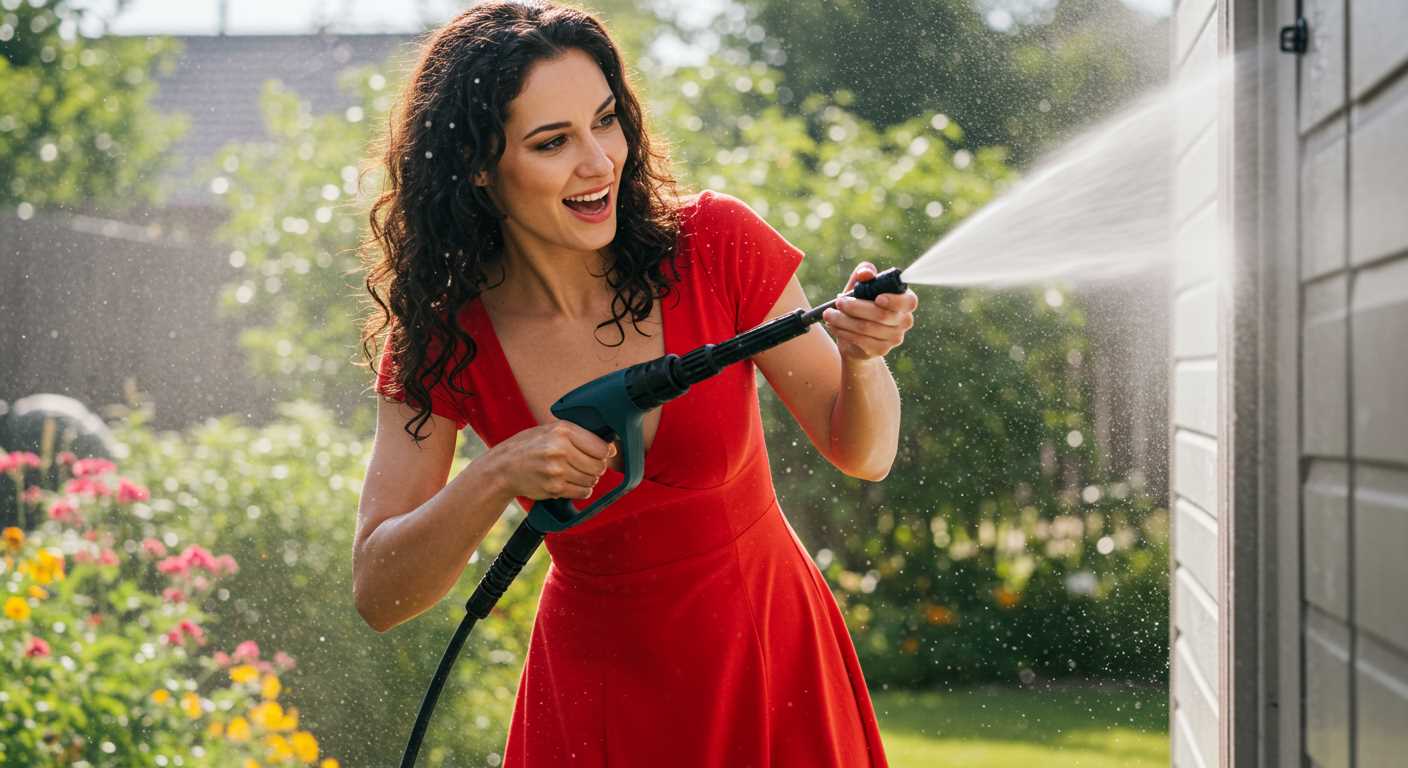
Select appropriate cleaning solutions to complement the task at hand. Using low-quality or incompatible detergents can hinder performance. Opt for high-grade products designed for use with high-velocity sprayers. This will not only boost cleaning capability but also protect your equipment from damage.
Check the Nozzle Size
Using the correct nozzle size is fundamental in maximising the output of your cleaning machine. Each nozzle type–ranging from zero degrees to forty degrees–serves a specific purpose and impacts water flow and force. A tighter spray, such as the zero-degree nozzle, concentrates the fluid, increasing intensity at a smaller point. Conversely, a wider spray from a forty-degree nozzle disperses the water, reducing force.
I recommend starting with a nozzle that aligns with the cleaning task at hand. For tough stains or surfaces, utilise a narrower nozzle. For broader cleaning areas, a wider nozzle will suffice. Consider the manufacturer’s specifications when selecting nozzles, as they indicate the optimal sizes for your particular model.
Additionally, remember that nozzle size can affect water flow rate. A larger orifice can lower the overall cleansing power whilst increasing fluid usage. Balancing these factors is key to achieving the best results.
Periodically inspect nozzle condition. Clogs or wear can diminish performance significantly. Cleaning or replacing nozzles regularly will ensure consistent output and effectiveness.
In my extensive experience, the impact of nozzle size on cleaning efficiency is substantial–choosing the right one can transform your cleaning routine completely.
Inspect the Filter of the Equipment
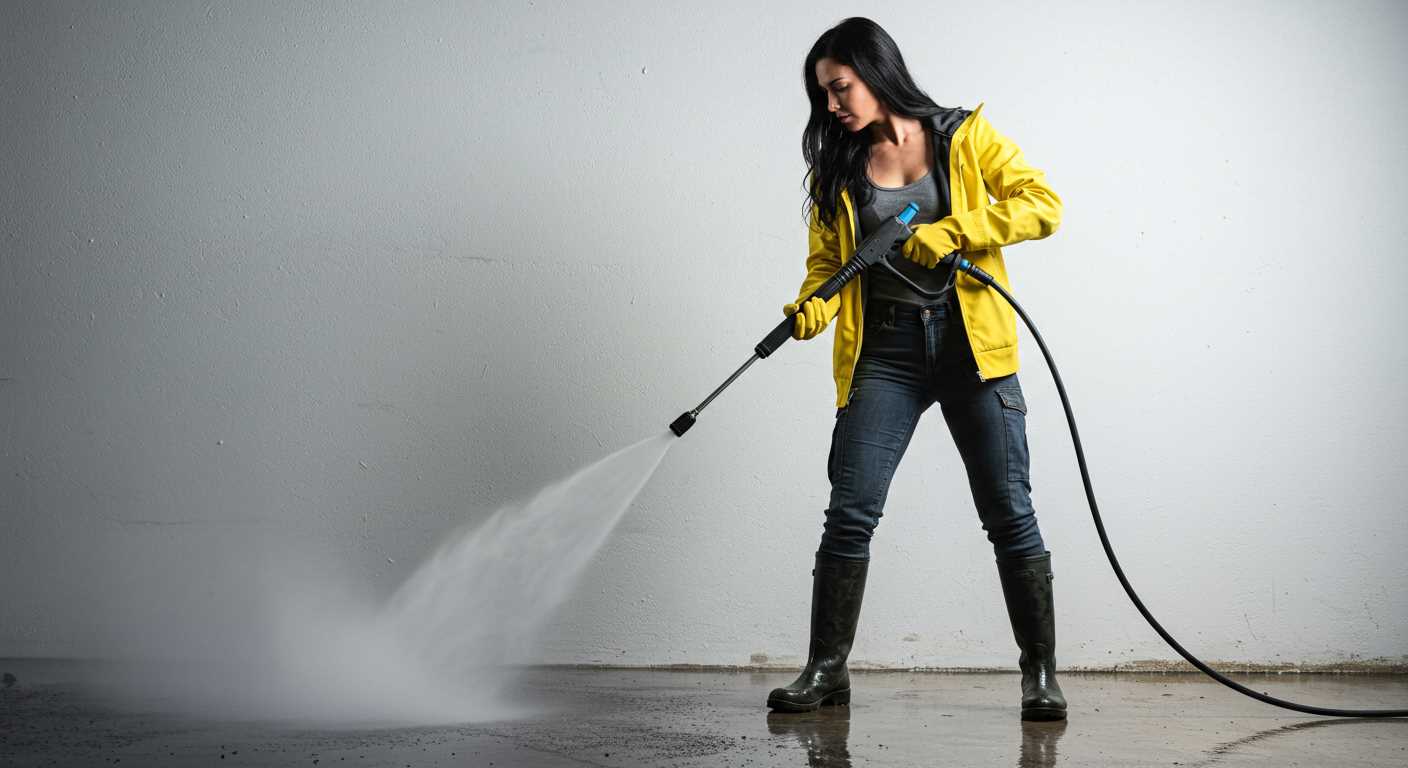
Regular examination of the filter is necessary to ensure optimal function. A clogged filter impedes water flow, diminishing output. Start by locating the filter, typically positioned between the water source and the machine. Detach it carefully to inspect for debris or mineral buildup.
Use a clean cloth or brush to remove obstructions. If the filter appears damaged or excessively worn, consider replacing it with a compatible part to maintain efficiency. After cleaning or replacing, securely reattach the filter and check for proper sealing to prevent leaks.
Here’s a simple table to guide your inspection routine:
| Step | Action | Frequency |
|---|---|---|
| 1 | Locate filter in the water intake | Every month |
| 2 | Remove filter from the unit | Every month |
| 3 | Clean with water and brush | Every month |
| 4 | Replace if necessary | Every 6 months |
| 5 | Reinstall securely | After every cleaning |
This routine will help sustain strong operation and extend the life of your cleaning equipment.
Adjust the Pressure Control Dial
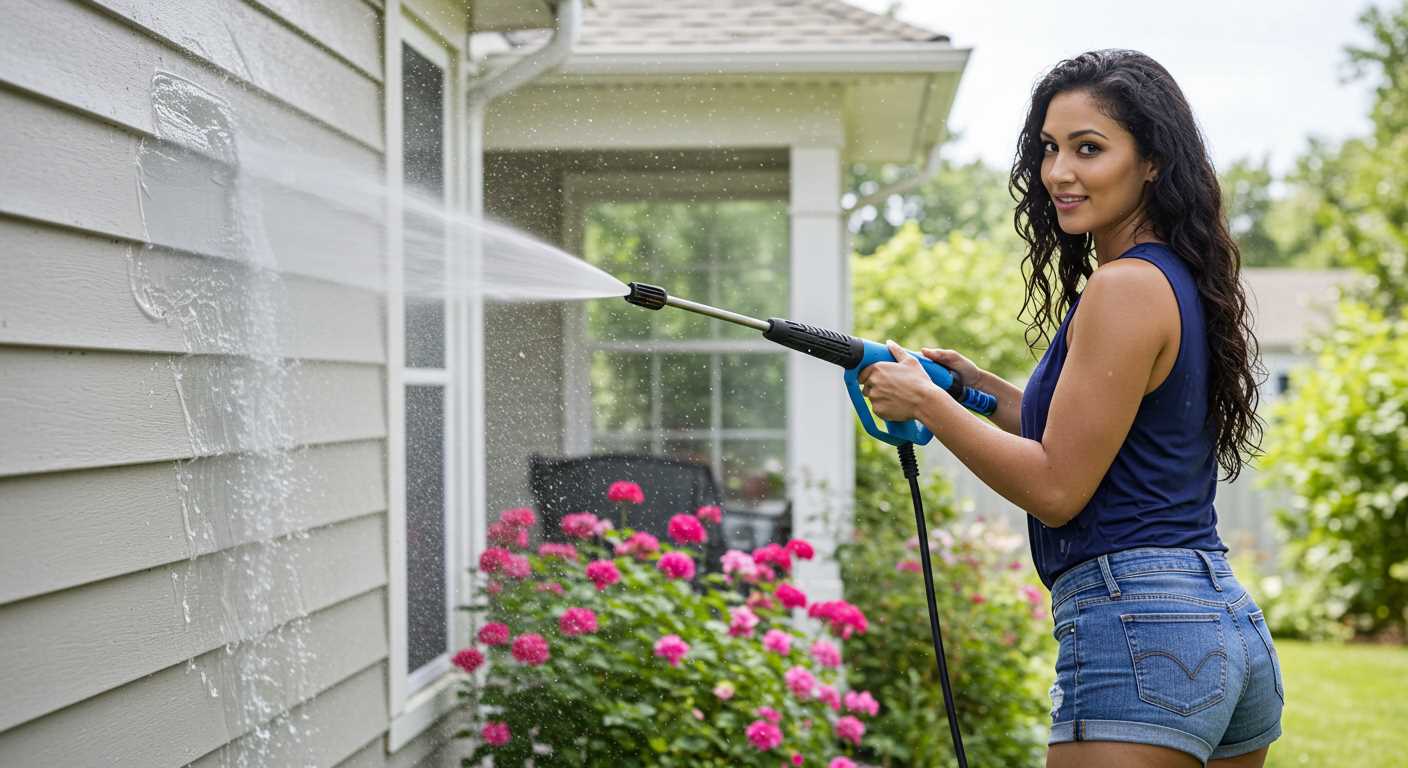
Locate the pressure control dial on your cleaning unit; it’s typically situated near the handle or on the front panel. To modify the output, simply rotate the dial. Make sure to turn it slowly to find the desired level of intensity. Each click or increment represents a change in force delivered through the nozzle.
Understanding the Settings
Familiarise yourself with the various settings indicated on the dial. Lower settings are ideal for delicate surfaces like wood or glass, while higher settings are suitable for tougher materials such as concrete or brick. Always test the chosen intensity on a small area to avoid damage.
Safety Precautions
Before adjusting, ensure the equipment is powered off and disconnected from the mains. Once adjustments are made, inspect the nozzle for any clogging that can affect performance. Always use appropriate personal protective equipment while operating the device to prevent injury.
Ensure Proper Water Supply
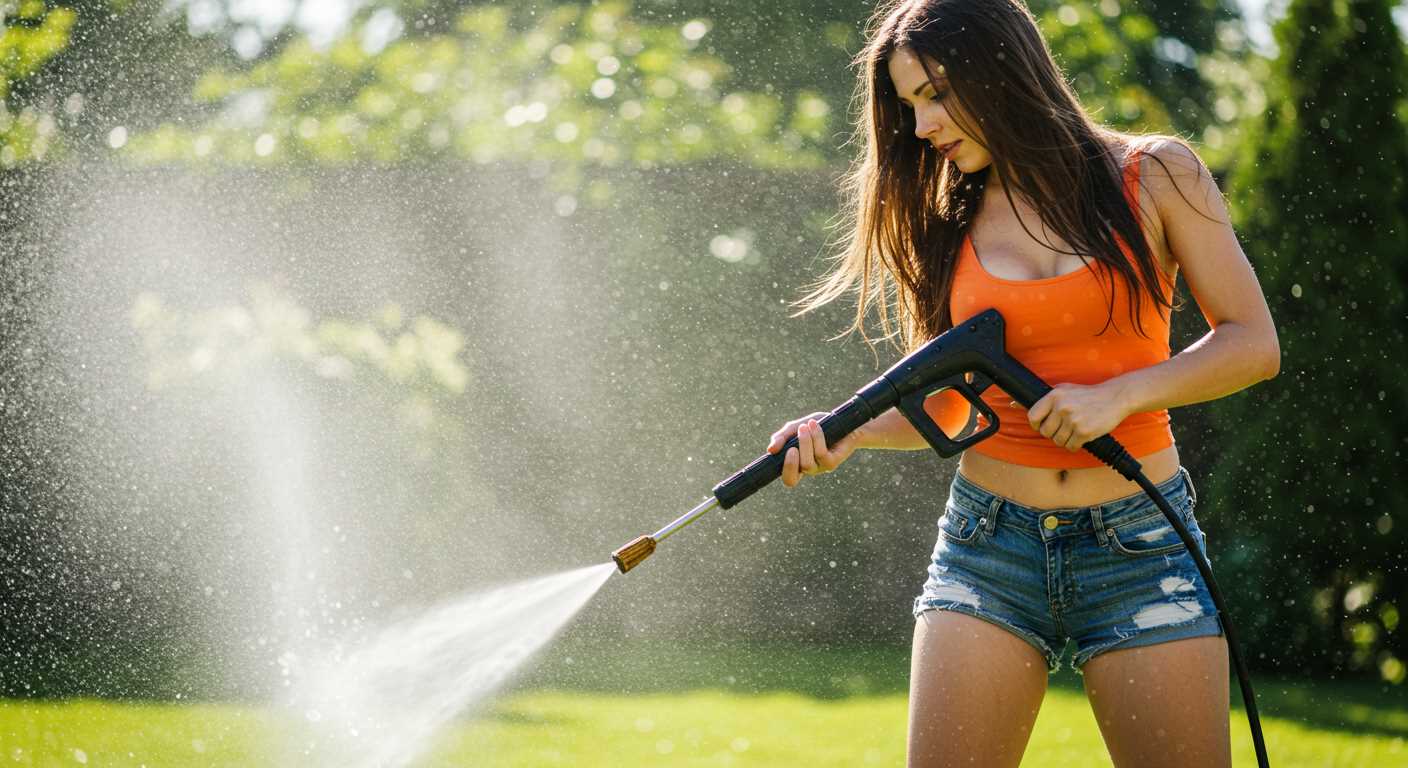
To optimise your cleaning device’s performance, confirm that the water supply is consistent and robust. A drooping flow can lead to subpar results. Here are practical steps to ensure a reliable water source:
- Choose a Suitable Hose: Utilise a high-quality, durable garden hose with a diameter that’s compatible with your equipment. A minimum of ¾ inches is recommended for better flow.
- Avoid Kinks: Inspect the hose for kinks or bends that can restrict the flow. Straighten any issues before starting your work.
- Check Water Pressure: Confirm that the mains supply provides at least 40 psi. Use a pressure gauge if necessary to measure it accurately.
- Clear Obstructions: Ensure there are no blockages in the intake pipe. Any debris can hinder the flow, so maintain cleanliness.
- Consider Water Source Size: If using a water tank, ensure it has capacity and the outlet isn’t restricted. Larger volumes reduce the chances of interruption during use.
- Regular Maintenance: Routinely inspect connections and seals for leaks that might diminish flow rates.
Implementing these measures will enhance your machine’s efficiency and effectiveness, leading to superior cleaning outcomes.
Examine the Hose for Kinks
Inspecting the hose for bends is imperative. Kinks disrupt the flow of water, restricting the output significantly. Lay the hose flat and check for any twists or sharp bends. Ensure it is straight from the water source to the machine, enabling maximum water flow without any obstacles.
If I find any noticeable kinks, I gently straighten them out. If the hose is too stiff or old, consider replacing it; a damaged hose can lead to leaks and further decrease effectiveness. Additionally, use a hose reel or holder to prevent future kinks during storage. Maintaining a pristine state of the hose enhances performance and increases longevity.
Clean or Replace the Pump
If performance has dwindled, first assess the pump. A thorough cleaning may restore its functionality. Start by disconnecting all components and locating the intake and outlet ports. Use a mixture of water and soap to clear out any debris from these areas. An air compressor can also be handy for dislodging stubborn particles, ensuring smooth operation.
However, a clean-up isn’t always sufficient. Inspect for leaks, corrosion, or signs of internal wear. If the outer casing appears intact but efficiency remains low, internal components might be damaged. In such cases, a replacement might be your best option. I’ve observed pumps from various brands, and occasionally, a simple part swap–like a seal or o-ring–can resolve issues.
Should you choose to replace the pump altogether, ensure compatibility with your existing device. Refer to the manufacturer’s specifications to avoid mismatches. Installation typically involves reconnecting hoses and fittings, so follow the instructions closely. Once replaced, test functionality immediately with a low volume of water before moving to more demanding tasks.
Use the Right Soap for Detergent Mode
Choosing the appropriate detergent significantly enhances cleaning results. Use a soap specifically designed for high-velocity systems. Avoid regular household cleaners as they may harm components or fail to emulsify dirt effectively.
Look for biodegradable options. They are not only environmentally friendly but also effective in breaking down grime without leaving toxic residues. Always check compatibility with your specific model, as some formulations are tailored for certain brands and may not work well universally.
Mixing detergents can be counterproductive, leading to clogs and reduced output. Stick to a single type for best results. Pay attention to the dilution instructions–incorrect ratios can diminish effectiveness or cause excessive foaming.
Using soap with a low viscosity ensures it will properly mix with water and flow efficiently through the system. Prior testing on small areas can help determine soap performance before committing to larger surfaces.
Maintaining a clean detergent tank is vital; residue build-up can affect functionality. Regularly rinse it out to avoid cross-contamination between different products.
Lastly, automate the application with a foam cannon attachment where available. This offers better coverage and decreases the chance of inconsistent cleaning outcomes.
Upgrade the Pressure Washer Pump
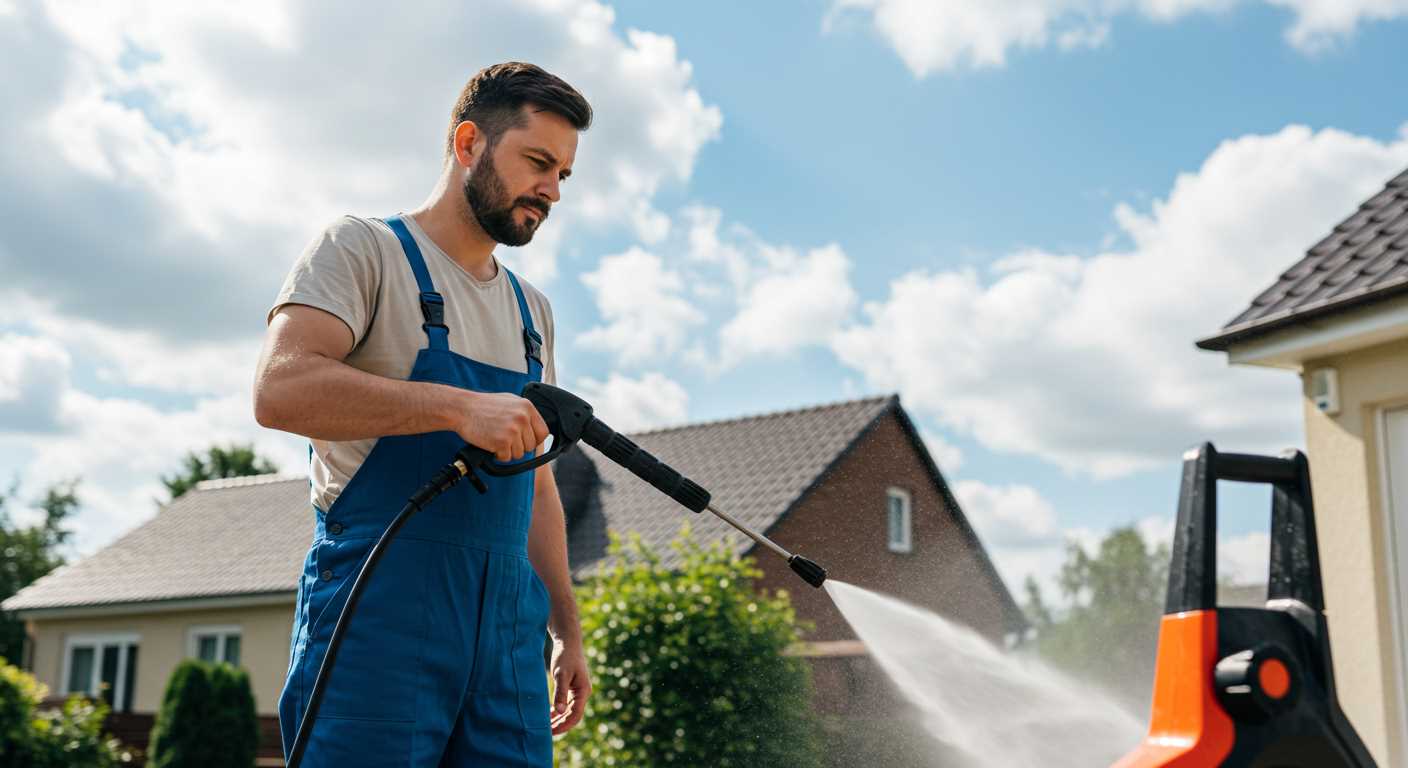
To significantly enhance performance, consider upgrading the pump of your cleaning equipment. A high-quality pump can drastically improve water flow and force.
Here are specific steps to follow:
- Select Compatibility: Ensure the new pump is compatible with your existing model. Check manufacturer specifications to avoid compatibility issues.
- Choose a Higher PSI Rating: Opt for a pump that offers a higher PSI (pounds per square inch). Higher specifications lead to better cleaning capabilities for tougher jobs.
- Consider Pump Type: Evaluate whether a triplex or axial pump suits your needs. Triplex pumps often provide more durability and consistent pressure compared to axial ones.
- Installation: Follow the manufacturer’s installation guidelines carefully. Use proper tools to avoid damaging components during the upgrade process.
- Adjust settings: After installation, calibrate any controls to ensure optimal operation. Testing under various conditions helps assess the new performance level.
Investing in a superior pump will not only improve cleaning efficiency but also extend the lifespan of your equipment, providing long-term benefits.








